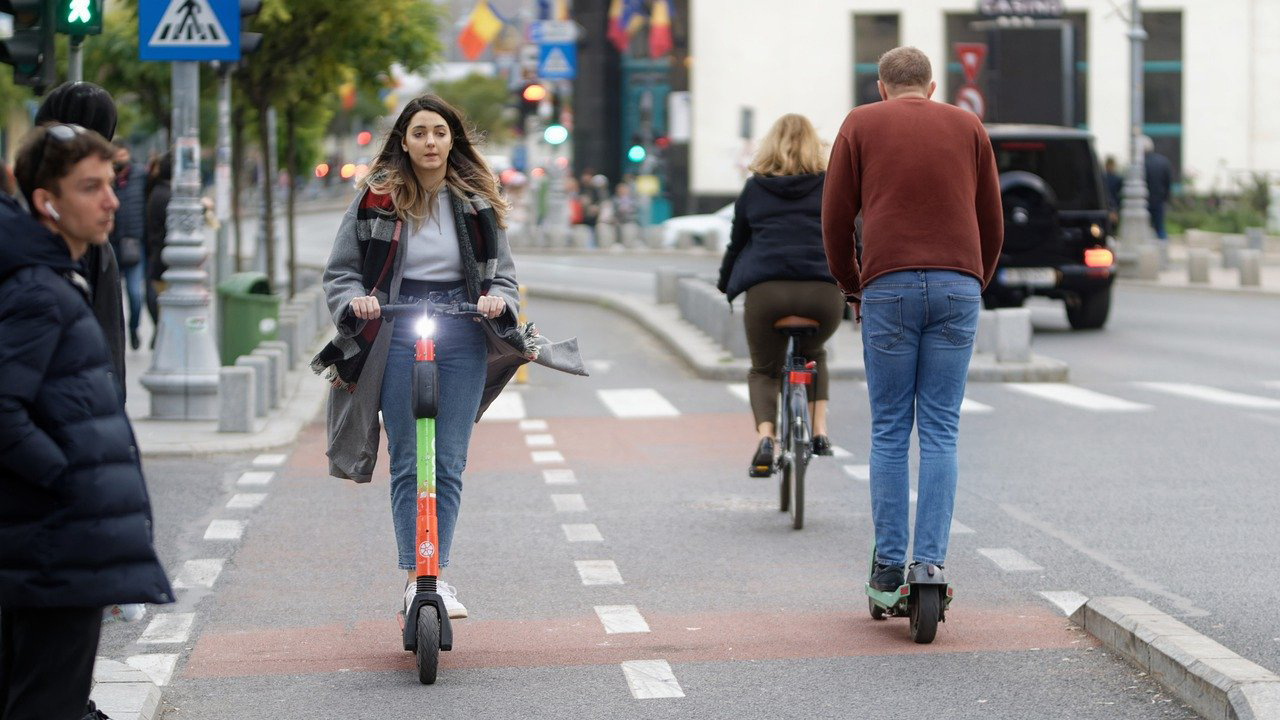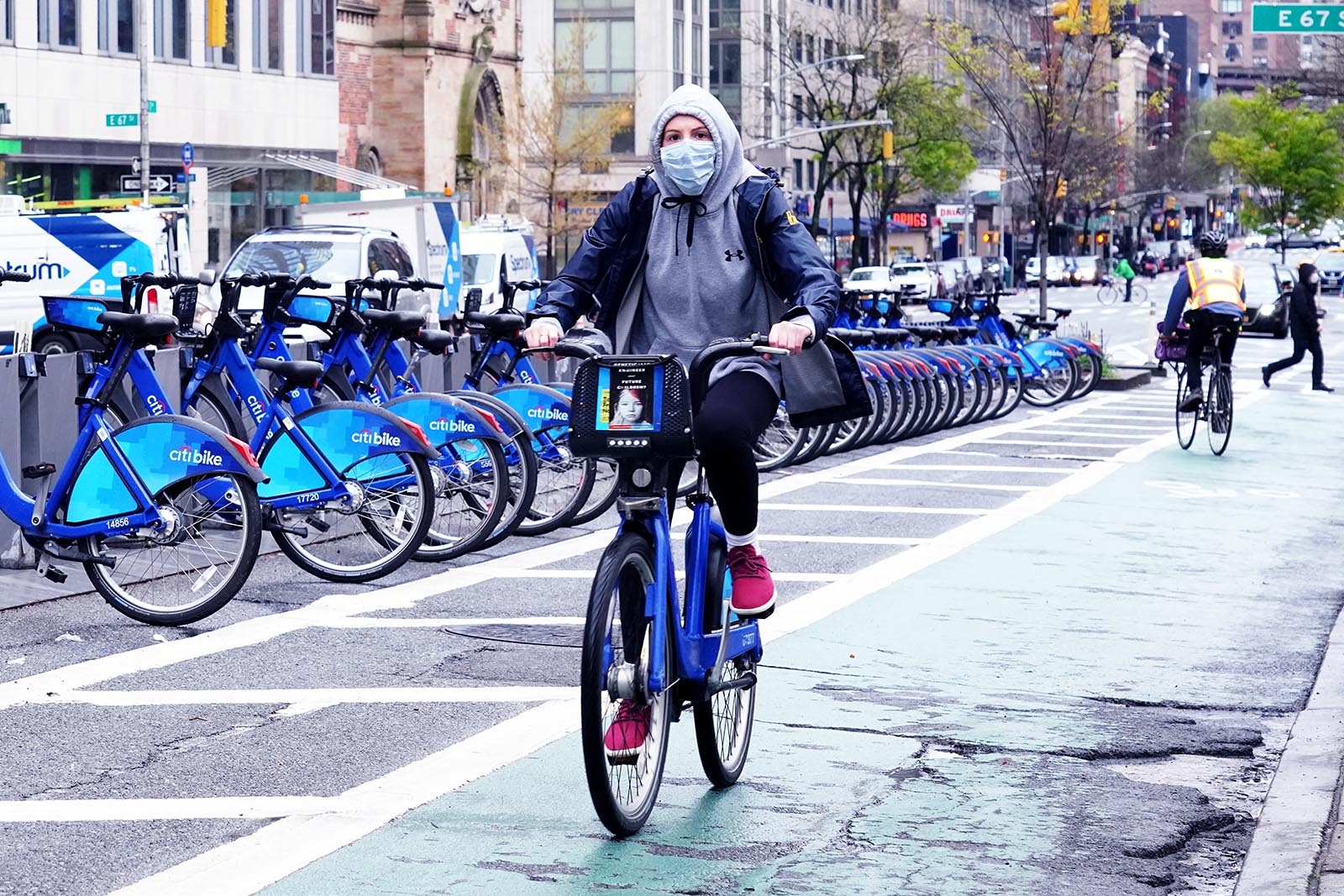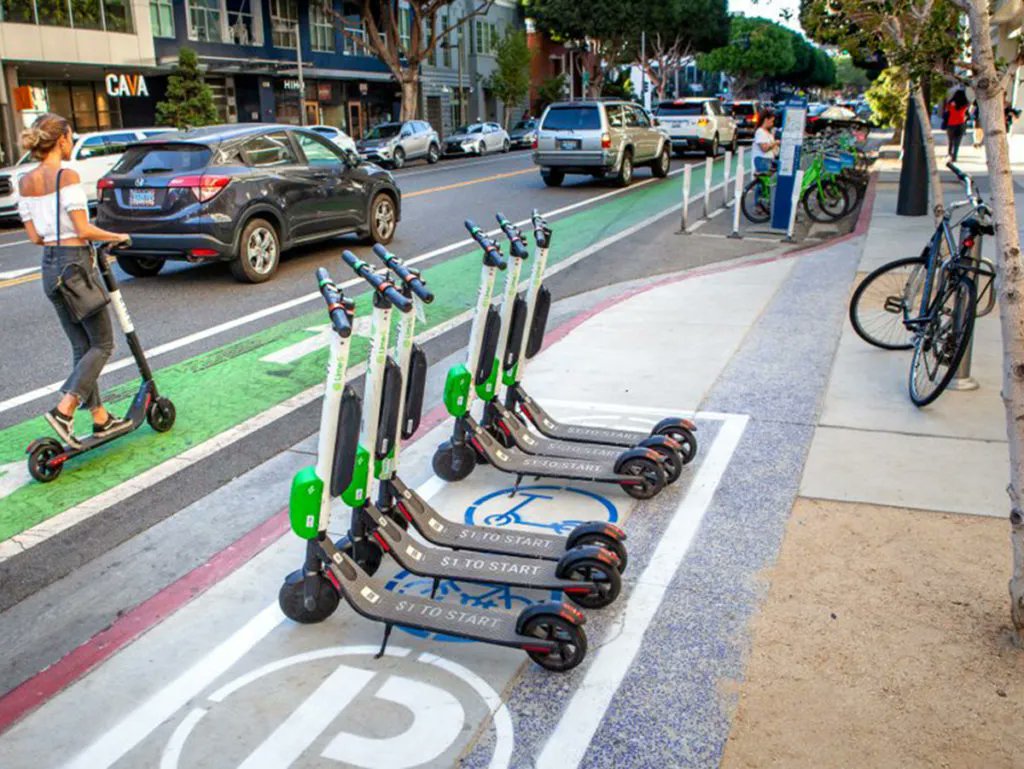How eBikes (& PEVs in Normal) Are Altering Private Transportation

[ad_1]
Final up to date:
Over the previous few years, we’ve seen a monumental transformation within the private transportation house. Vehicle and powersport producers have made important strides in making electrical automobiles their prime precedence, with some even asserting that they are going to stop producing inner combustion engines quickly. Sure European nations have additionally determined to cease the gross sales of non-zero emission automobiles by 2030.
As this transition happens, one other supporting facet of private transportation has additionally seen great progress — last-mile transportation. These embrace electrical bikes, scooters, and mopeds, that plug the voids {that a} bigger electrical automobile can’t fill.
Our mum or dad firm runs Electrical Journey, a PEV and EV-focused media web site that options PEV evaluations (and ebike evaluations particularly), business information, and so forth.
What Is Micromobility?
Micromobility is often known as utilizing small PEVs (private electrical automobiles) equivalent to eBikes, electrical scooters, or electrical skateboards — to commute in an city setting. Whereas dimension is extra of a deciding consider whether or not a selected mode of transport falls into the ‘micromobility’ class, it’s typically agreed upon that these automobiles have a prime pace underneath 15-20 mph.

Utilizing a compact eBike or scooter as a substitute of an electrical motorbike or automobile is a a lot faster mode of getting round a congested metropolis. A report printed by McKinsey & Firm in 2019 revealed that stakeholders had invested over $5.7 billion {dollars} in micromobility start-ups since 2015, with 85% of that focusing on China. This isn’t stunning contemplating that the individuals of the world’s most densely populated nation rely closely on micromobility to commute each day. A report by the World Financial Discussion board revealed {that a} substantial 73% of China’s inhabitants makes use of micromobility of their each day commute.
Are PEVs Getting Extra Fashionable?
There’s no query that Private Electrical Autos (PEVs) have gotten more and more standard. In July 2021, the McKinsey Middle for Future Mobility performed a examine that discovered that 70% of its contributors had been open to utilizing micromobility automobiles for commuting. The pandemic was a key issue contributing to this rise in curiosity in micromobility. When the preliminary restrictions had been lifted, individuals had been nonetheless fairly apprehensive about utilizing public transport, and the one workaround was to spend money on a mode of private transportation.

A automobile or motorbike makes extra sense in case you’re touring lengthy distances. Nonetheless, an electrical bike might be considerably simpler to make use of for a shorter commute. Bike-sharing corporations that assist you to lease a PEV for brief durations noticed a pointy rise in utilization publish the easing of the pandmeic restrictions.
A PEV can also be quieter, much less cumbersome, and emits zero emissions, so it’s not stunning that the environmentally aware are enthusiastically adopting it.
What Modifications Are PEVs Bringing to Transportation Traits?
PEVs and different types of transportation that may be thought-about micromobility are altering the best way we take into consideration automobile or motorbike possession. The McKinsey & Firm examine from 2019 additionally discovered that every one passenger journeys of lower than 5 miles account for 50-60% of complete passenger miles traveled in China, Europe, and the USA. Give it some thought, and also you’ll most likely discover that the majority of your journey falls underneath this class, too; your commute to work or your weekly grocery run doubtless includes just some miles, for which a PEV could be good.

A Stanford examine predicts that personal automobile possession will drop by a whopping 80% by 2030 in the USA. Consequently, the variety of passenger automobiles on American roads is anticipated to drop from 247 million in 2020 to 44 million in 2030. Nevertheless, individuals will nonetheless need to get round, and that’s the place PEVs and micromobility are available in. Trip-sharing apps will make it simpler and rather more reasonably priced to commute when in comparison with proudly owning a automobile.
Are PEVs the Way forward for Private Transportation?
It’s onerous to say if PEVs would be the future of private transportation, as they’ll’t utterly exchange the long-distance connectivity that extra typical modes of transportation at present present. An answer to counteract this may be to discover a steadiness between the 2. For instance, utilizing a PEV to commute a brief distance to someplace, you need to use a mode of public transportation, like a bus cease.
Micromobility is now not a “buzzword,” and micromobility traits recommend the continued adoption of PEVs as a alternative for “final mile” transportation choices. As cities get extra populated, it would fall upon PEVs to cut back visitors congestion and hold issues so as. A projected two-thirds of the world’s inhabitants will stay in cities by 2050, so decreasing transportation’s affect on the setting might be essential.

That stated, there’s nonetheless quite a lot of work that needs to be carried out earlier than micromobility is a extra sustainable mode of transportation. For example, ride-sharing aggregators will want the house to park their eBikes or eScooters, with the power to cost them or their batteries. Plus, nations throughout the globe should accommodate PEVs with devoted bike lanes and safe parking options.
[ad_2]
Source_link




